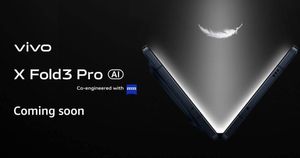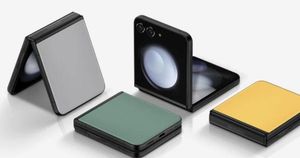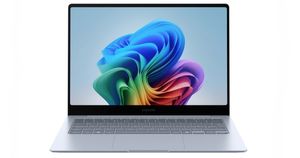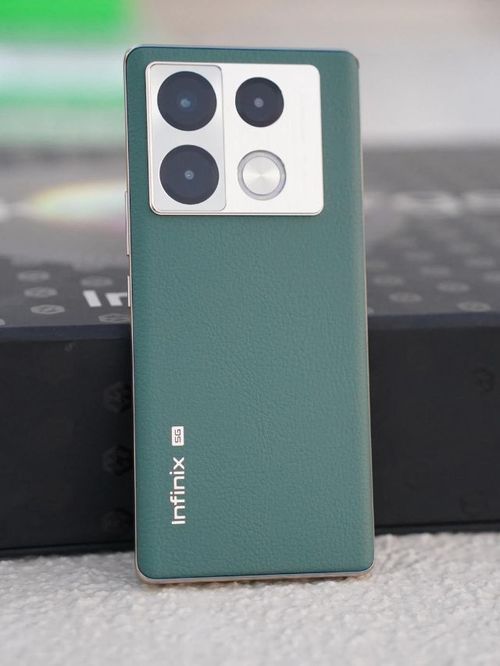
Dark Mode on OLED Android phones may not have as big an impact on your phone’s battery as you’d think. According to a new research by Purdue University, Dark Mode only has a significant impact when a user switches from the standard light interface to the dark one at close to 100 percent brightness. However, in a majority of other cases where the mean brightness is kept at around 30-50 percent, the switch to Dark Mode barely yields a battery boost of 3 to 9 percent.
To measure this, the researchers chose six fairly common apps — Calculator, Google Maps and YouTube among them, and picked devices such as the Pixel 5 and the Moto Z3 to test them on. The team then devised its own measuring device called the Per Frame OLED Power Profiler, or PFOP. This seemingly revealed that the battery power gain when switching from light to dark mode on an average Android phone on auto brightness is about 3 to 9 percent only — something that does not reflect a huge gain in battery life.
Given that most of us are unlikely to use our phones at peak brightness at all times, this somewhat suggests that most promotional material suggesting Dark Mode to be a big benefit for battery life is not quite as true. To reflect this aptly, the researchers have built a tool called Android Battery Plus, which it now plans to submit to the Android Open Source Project. It also plans to make the PFOP tool open source, so that it becomes more accessible for all to see the real impact on battery life.
Apart from the big pitch on battery life, dark mode has seen significantly wide adoption in terms of how it looks across interfaces. Most mainstream apps today offer a dark mode interface, which also syncs with device colour themes to adopt automatically. Phones and desktop platforms both come with the dark theme today, making it a ubiquitous one — just not the messiah for your phone battery that you may have imagined it to be.











